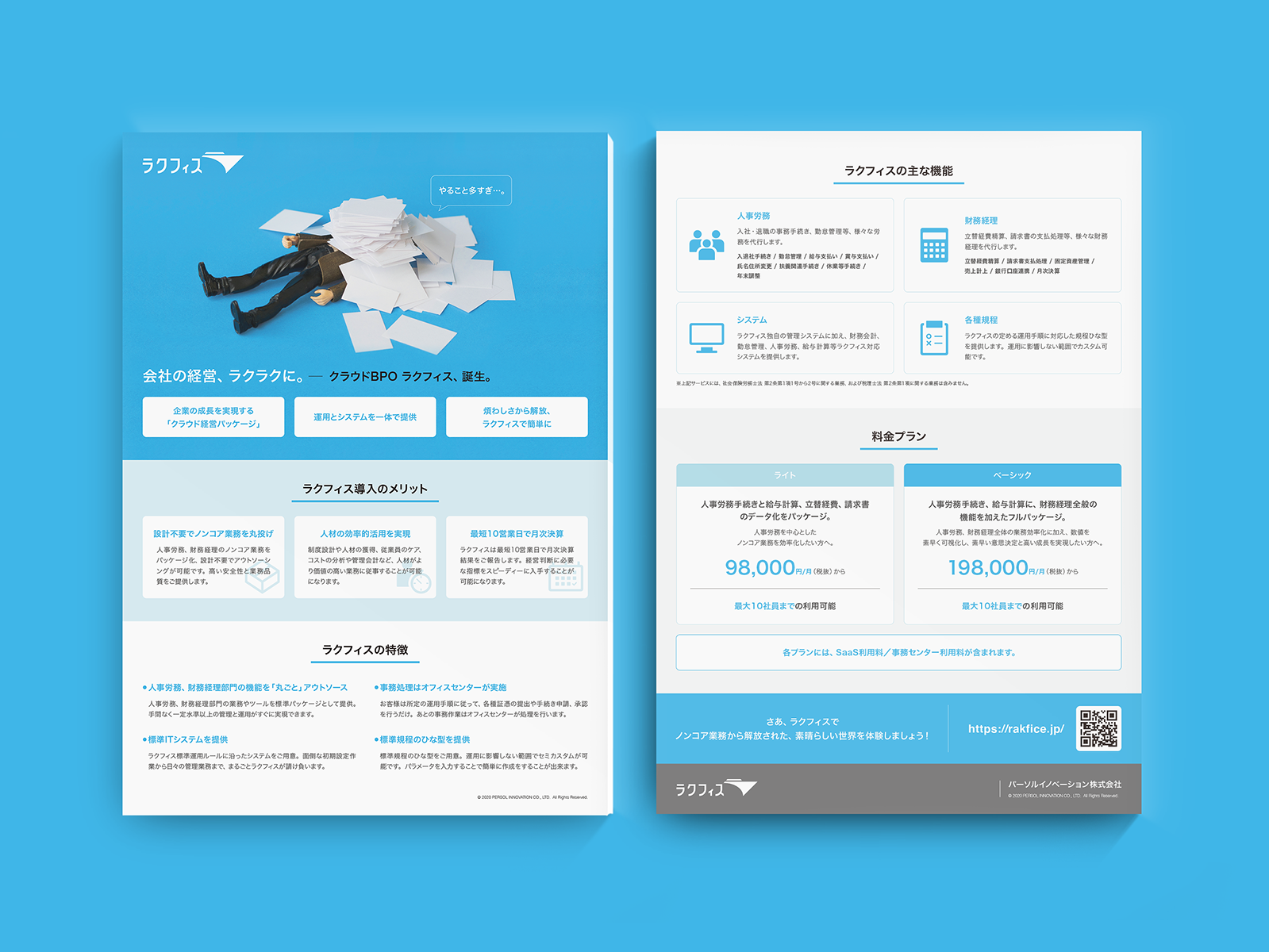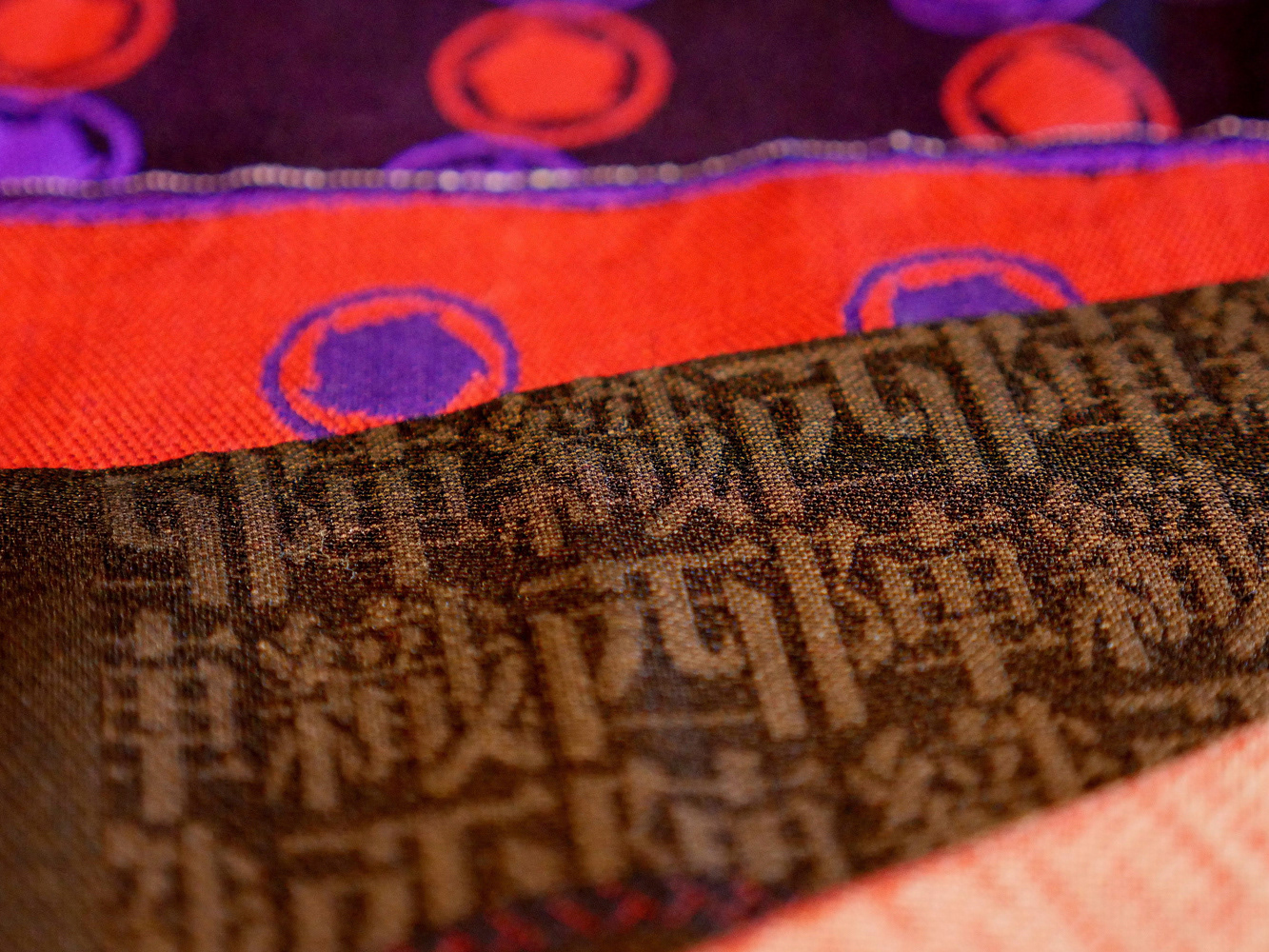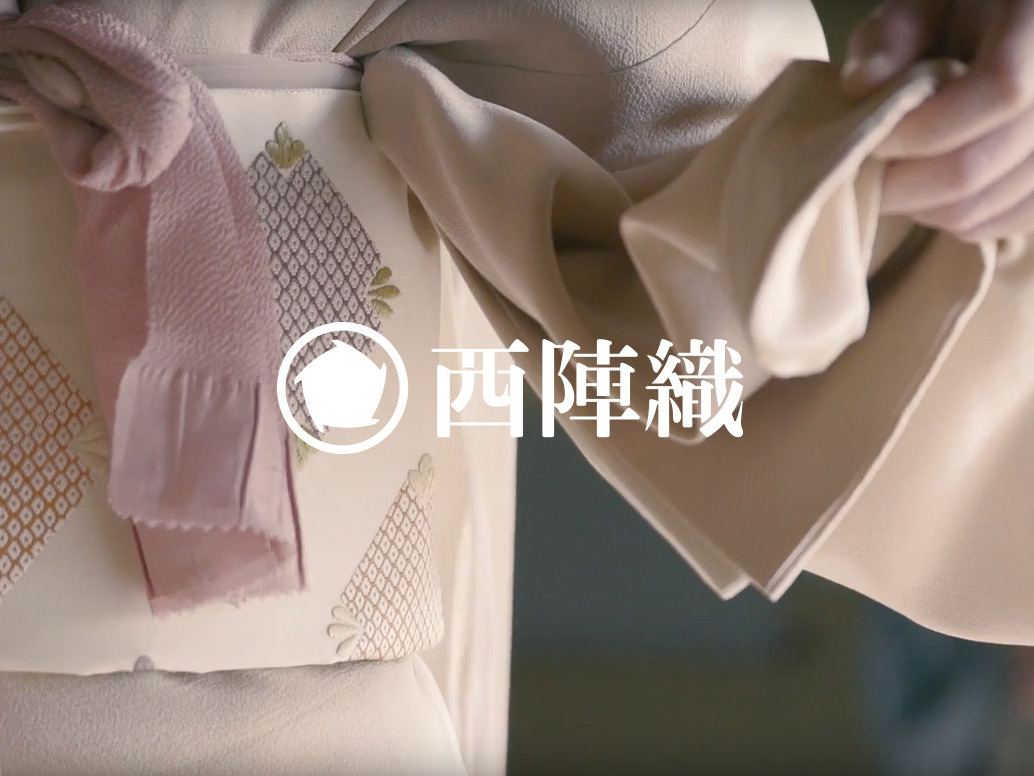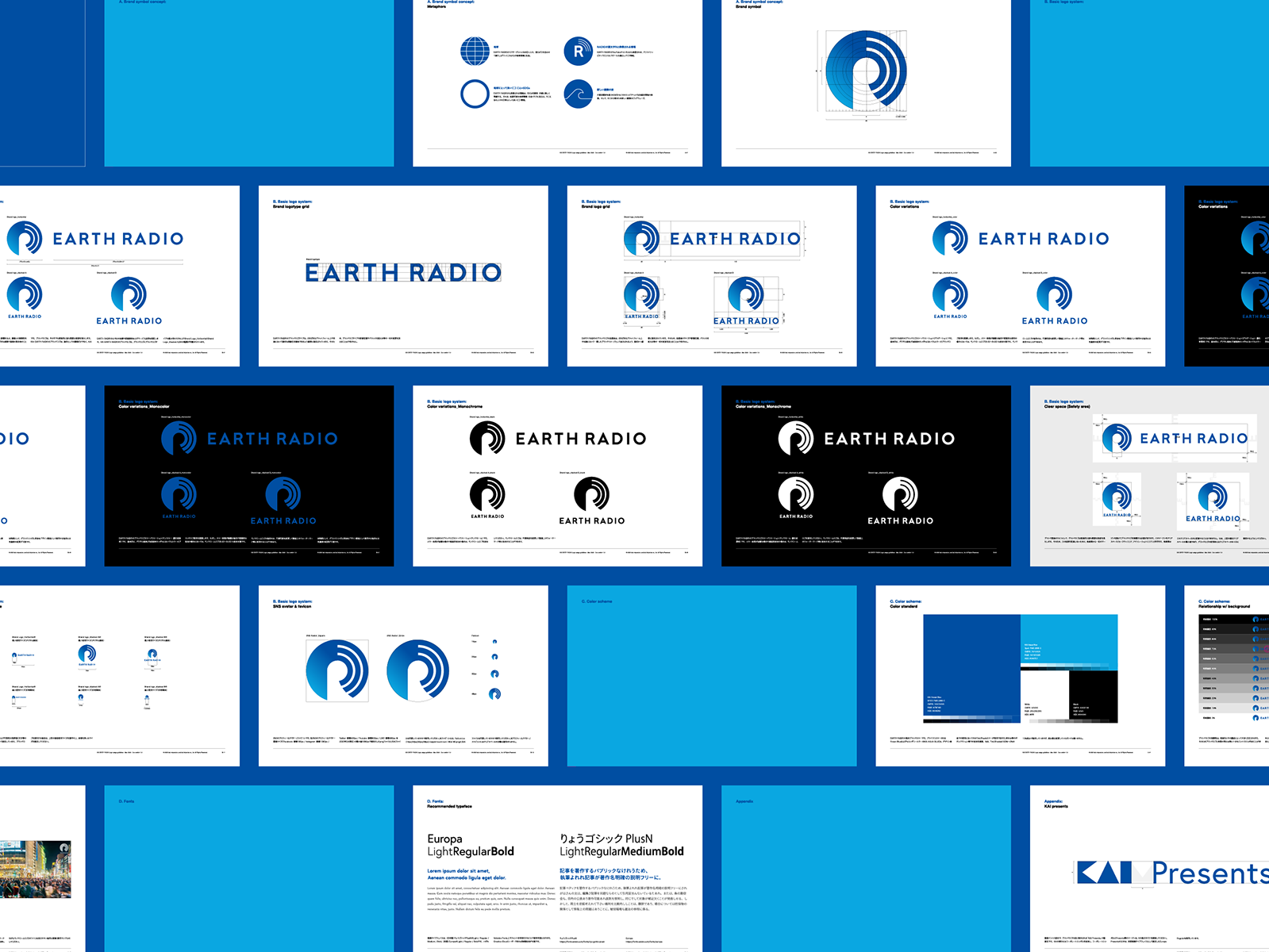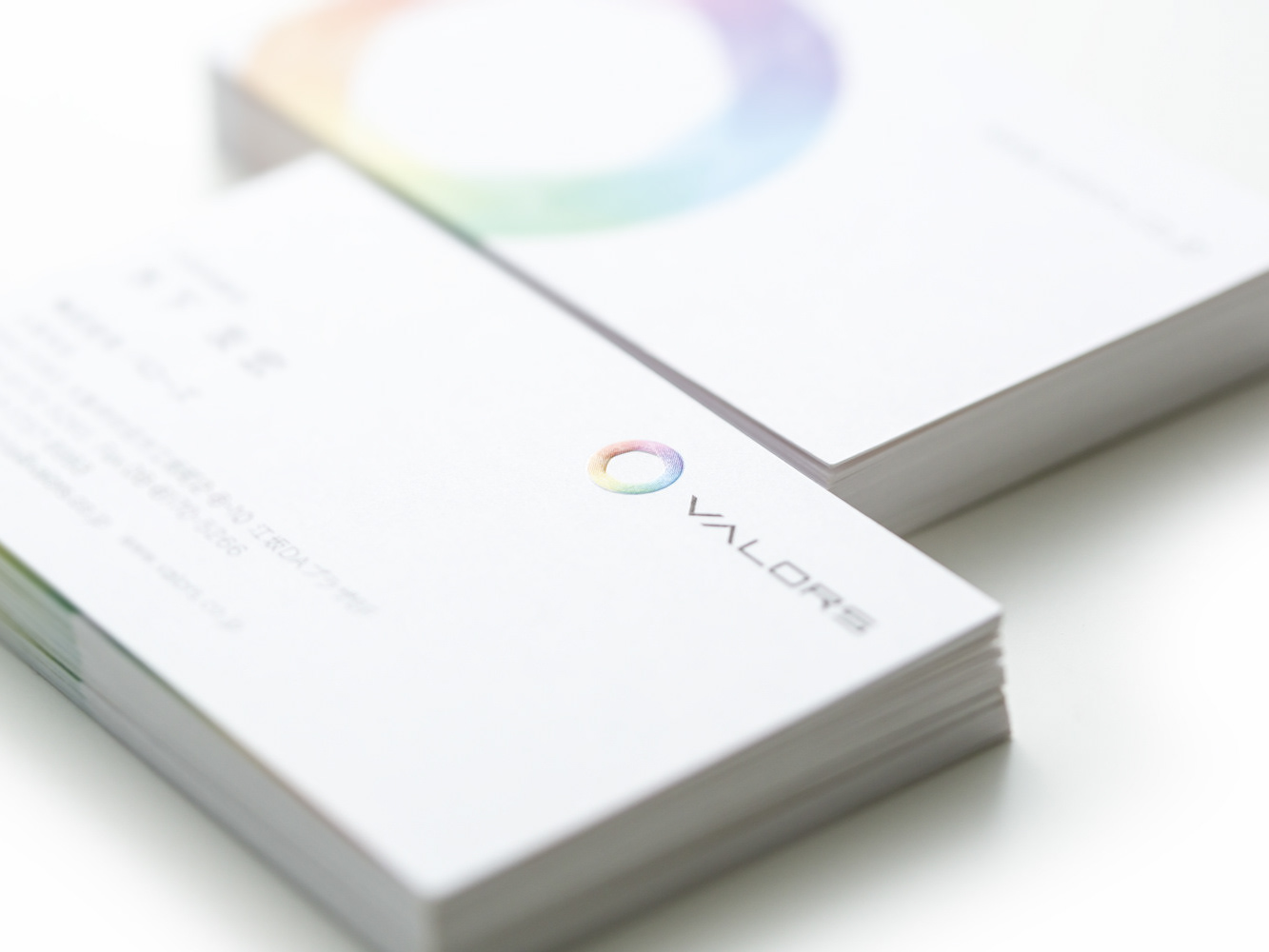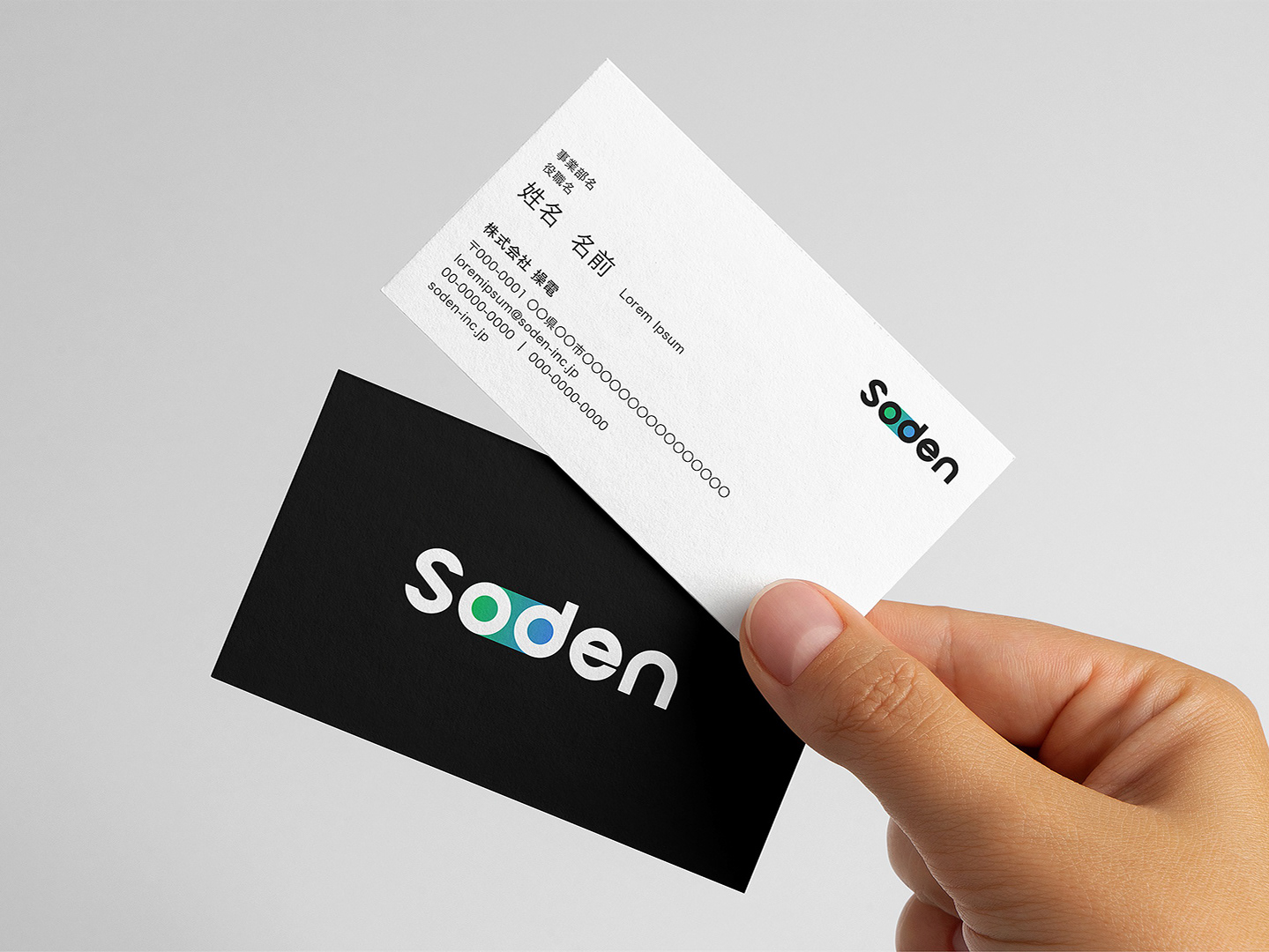Around the middle of 2015, we received several offers from Amazon Japan creative team.
Introducing here are some of the projects that have been completed.
Introducing here are some of the projects that have been completed.
Amazon.co.jp 15th anniversary logo project
Amazon student icon set
New year's editorial logo
*Notes (Meaning of the icons shape)
• 猿 (Saru); In Japan, We use the twelve horary signs that is originated in Chinese Zodiac. 2016 is the year of the monkey in Chinese Zodiac.
• 鏡餅 (Kagamimochi); Kagamimochi is a circular, flat rice cake offered to Shinto and Buddhist deities on occasions such as the New Year.
This name was derived from its shape, which resembled a mirror in the old days.
• 梅/松 (Ume/Matsu); In Japan, pine (matsu), bamboo (take) and plum (ume) are known to represent "good luck" and "happiness" and all three trees together are called "Shouchikubai.”
• 羽子突き (Hanetsuki); Hanetsuki is played at New Year. This game resembles badminton.
A wooden racket called a hagoita, is used to hit a shuttlecock (a small, rounded piece with feathers attached) back and forth.
• 門松 (Kadomatsu); Kadomatsu consist of three bamboo poles of different lengths which are cut diagonally.
Pine tree and plum trees are fastened to the bamboo poles with a straw rope. These are considered auspicious.
• 熨斗 (Noshi); A noshi origami is a decoration put on the upper right-hand side of a celebratory envelope in Japan.
• 餅花 (Mochibana); Mochibana is a decoration made of small-cut rice cake or dango (sweet rice dumpling) on a branch of Japanese sumac, hackberry, or willow tree for New Year's Holidays.
• 猿 (Saru); In Japan, We use the twelve horary signs that is originated in Chinese Zodiac. 2016 is the year of the monkey in Chinese Zodiac.
• 鏡餅 (Kagamimochi); Kagamimochi is a circular, flat rice cake offered to Shinto and Buddhist deities on occasions such as the New Year.
This name was derived from its shape, which resembled a mirror in the old days.
• 梅/松 (Ume/Matsu); In Japan, pine (matsu), bamboo (take) and plum (ume) are known to represent "good luck" and "happiness" and all three trees together are called "Shouchikubai.”
• 羽子突き (Hanetsuki); Hanetsuki is played at New Year. This game resembles badminton.
A wooden racket called a hagoita, is used to hit a shuttlecock (a small, rounded piece with feathers attached) back and forth.
• 門松 (Kadomatsu); Kadomatsu consist of three bamboo poles of different lengths which are cut diagonally.
Pine tree and plum trees are fastened to the bamboo poles with a straw rope. These are considered auspicious.
• 熨斗 (Noshi); A noshi origami is a decoration put on the upper right-hand side of a celebratory envelope in Japan.
• 餅花 (Mochibana); Mochibana is a decoration made of small-cut rice cake or dango (sweet rice dumpling) on a branch of Japanese sumac, hackberry, or willow tree for New Year's Holidays.
Client: Amazon Japan
Range of work: logo and icon development
2015 Tokyo, Japan
2015 Tokyo, Japan









